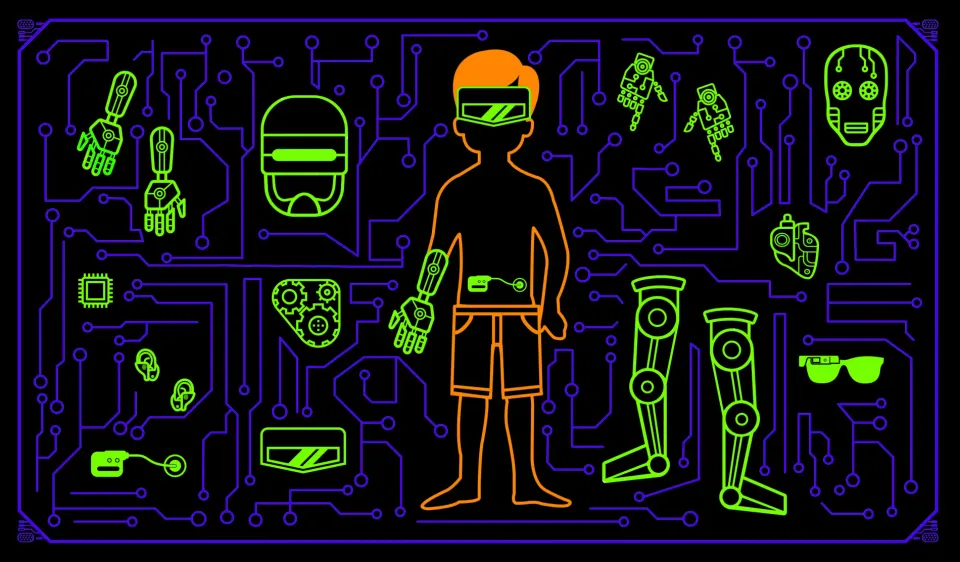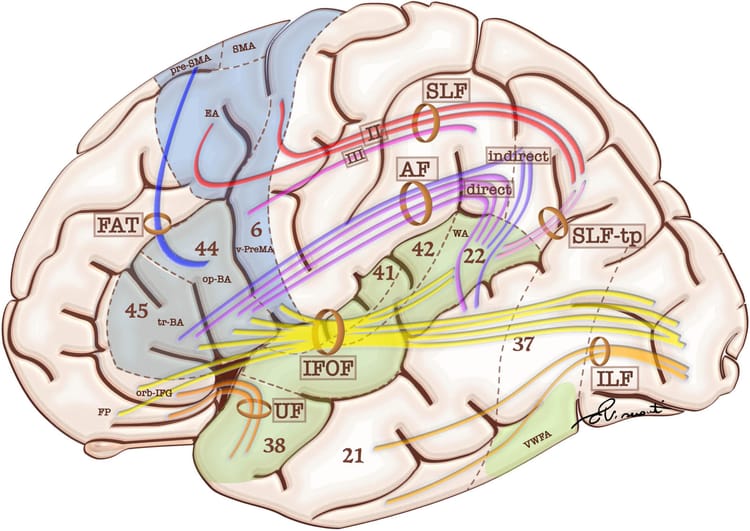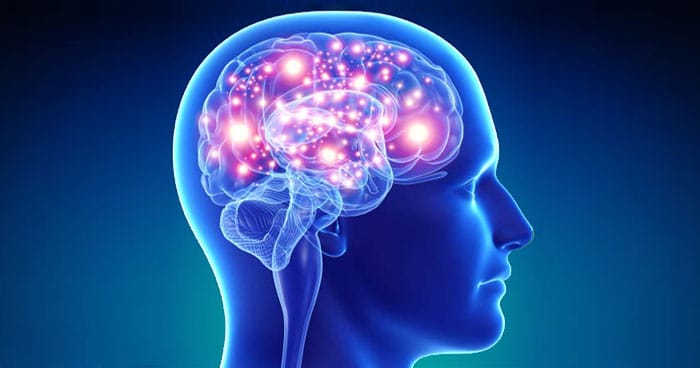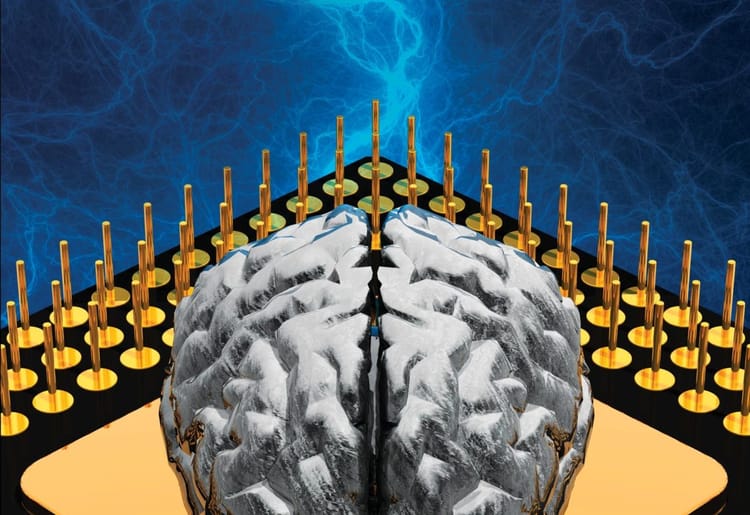Cyborgs

I love me some good cyborg research! This week’s selection of recent research looks at breakthrough neuroprosthetics, neurotechnologies, and other technologies to augment ourselves.
Predicting Postpartum
I’m working on a new project to help identify women who are more likely to experience postpartum depression, which largely goes untreated until sufferers are deep in its grip. Dionysus Digital Health
For example, the Nation Health in the UK estimates the cost of prophylactic treatment for all expectant mothers outweighs the (very real) benefits to those who will experience severe cases. And so it only rises to the level of “community care services, but not…other categories of service.”
But the total costs are likely much higher than the direct treatment estimates. In California, “the total societal cost of untreated” postpartum depression “is $2.4 billion for all births in 2017 when following the mother-child pair from pregnancy through five years postpartum.”
and “$433 million in 2012” in Australia.
In fact, factoring in “total all-cause medical and pharmaceutical spending” families experiencing postpartum depression” required an average of 11 more outpatient visits costing more than $4,000 in additional treatment.
Our modest goal is to make it cost effective for insurers and health care providers to act before symptoms present. As unsexy as it sounds, changing the economics of postpartum treatment can change the lives of its sufferers.
We think of it as precision public health. And the results are so exciting, we’re now expanding our methodology to cognitive decline and #dementia.
Brain Training Bites
I love snake oil! How else does one keep a snake slippery? — Brain training doesn't improve cognitive function..."even for the most committed brain trainers" regardless of age, training program, or expectation, according to "Brain training habits are not associated with generalized benefits to cognition: An online study of over 1000 “brain trainers”".
Diabetes Flux
And I thought my diabetes model of nonlinear carb, protein, and fat interactions was a step forward. Enter "a whole-body model of organ-specific regulation and metabolism". So powerful!
The paper found that "whole-body modeling…allowed for the assessment of between-individual variability to insulin and suggested that peripheral glucose levels are degenerate biomarkers of the internal metabolic state"…
If you're curious about my own story of modeling type 1 diabetes read more about "Jitterbug" here: Jitterbug.
Nonlocal learning
More good research exploring the #hippocampus beyond mazes and memories! It links local rewards to nonlocal actions via "experience replay", just like reinforcement learning algorithms predict…
In fact, "the strength of this backward replay relates to efficient trial-by-trial within-subject learning of the same nonlocal experience, as well as a better overall task performance across subjects"…
The funny thing is that RL algorithms were developed to model how the (dopaminergic) brain learns, and now it's being used to confirm that the (hippocampal) brain actually does work that way.
Smart Shit
Fuck your flying cars and jet packs! Give me an AI-powered toilet hunting for pre-diabetes and 1,000 other conditions.
For a start, this prototype smart diaper acts as a “urine-sugar detection device, composed only of organic materials with a low environmental load and it can be useful for detecting postprandial hyperglycemia.”
There are 2 important issues:
(1) these systems will regularly “detect” trivial variations and transient false positives. Smart toilets must respect repeated measures, heterogeneity, interactions, and more.
And...
(2) We must resist the powerful desire to add GPT-3 and automatic speech recognition to create conversational toilets. The robot revolution would begin with a justifiable uprising by gas station shitters.
Closed-Loop optogenetics
If permanently changing your genome AND embedding nano-transmitters inside your brain sounds like a good idea, have I got a product for you: “closed-loop optogenetic neuromodulation”!
In truth, this is super cool and could, some day, be a powerful new neurotechnology. I wonder whether systems like this could use complex spectra to affect subtle forms of neuromodulation.
Altruistic Cyborg
What if you could flip a switch to become a “better person”? Stimulating a specific part of the brain (rTPj) with an electrical current enhances our willingness to make “socially responsible investments” and donations. Can you think of someone who might benefit?
I am me, as you are me
A patient with seizures “originating within…right dorsal posterior cingulate cortex” one of the central nodes of the cortical default mode network , reported feeling that he “had temporarily become an outside observer to his own thoughts, his “me” having become a separate entity that was listening to different parts of his brain speak to each other.”
Researchers were able to reproduce this experience via “50-Hz electrical stimulation of the seizure zone and a homotopical region within the contralateral PMC”.
This is the medial-posterior node in the default mode network., which is involved in numerous cognitive and emotional phenomena, including cognitive decline. Perhaps a disruption of this network is a part of the loss of self experience with advancing dementia and Alzheimer's?
DBS & Rhythm
Deep brain stimulation has been a surprisingly effective treatment for Parkingson’s and other disorders, particularly given that we had so little understand of why it worked.
It may be a matter of rhythms.
The authors note that the interaction of “beta, gamma, and theta oscillations”…”are essential to selection and execution of motor programs, and their loss or exaggeration due to dopamine depletion in Parkinson's is a major source of behavioral deficits.”
Deep brain stimulation “allows the reexpression of gamma and theta rhythms, thought to be dependent on high [dopamine] levels…, through cortical noise control.”
Is it possible to shape tACS to induce these polyrhythms in basal ganglia in productive ways? It would seem a very difficult region to target, but I’ve been wondering about inducing complex dynamics in brain rhythms for some time.



